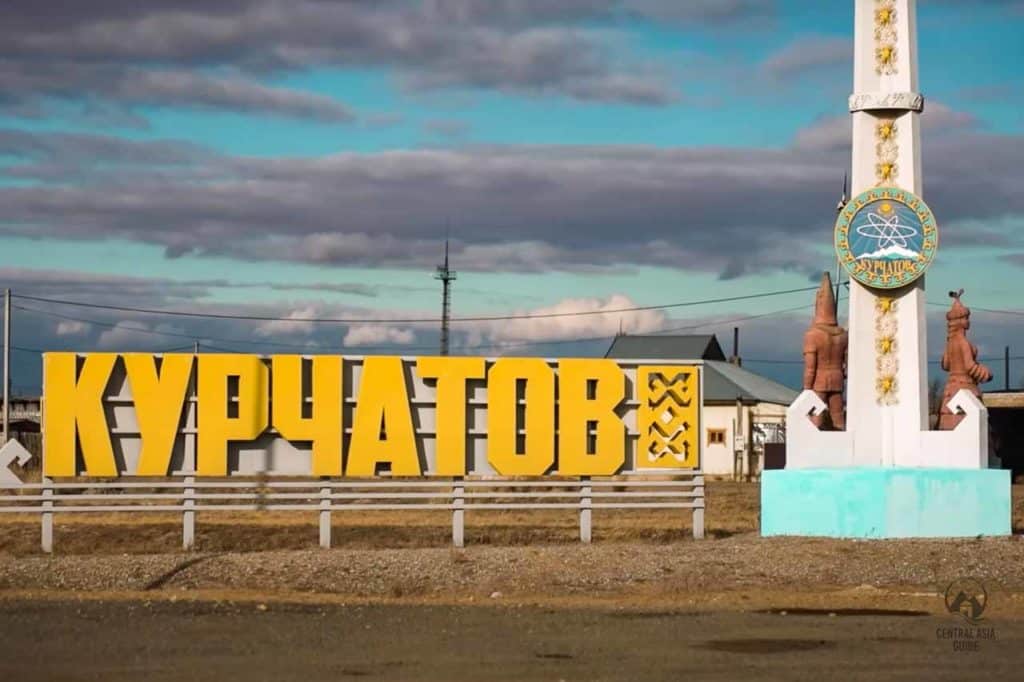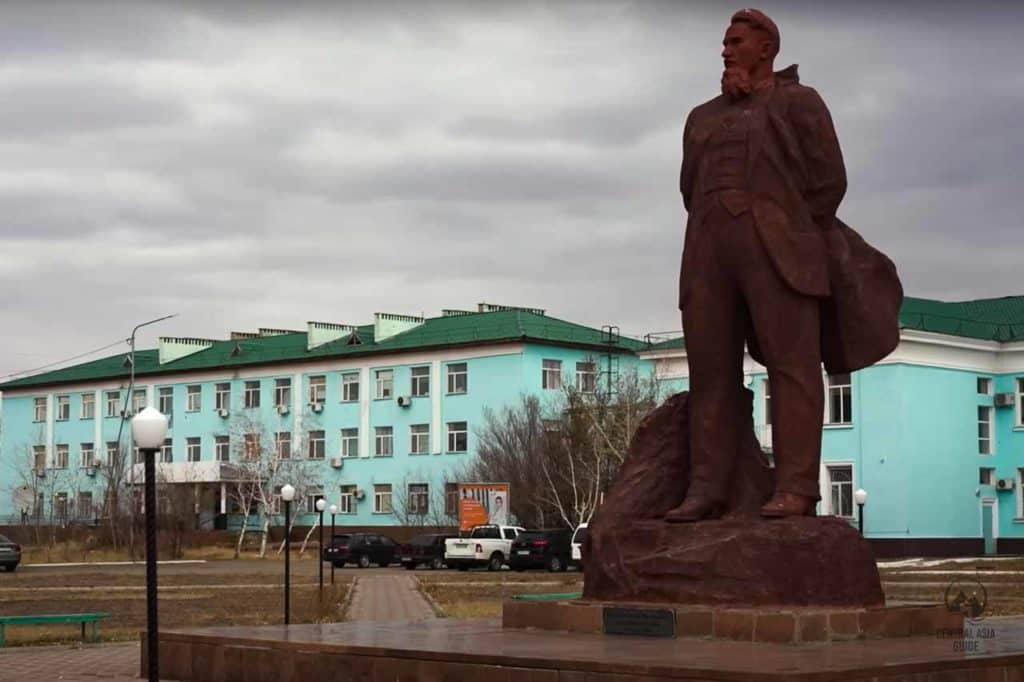Semipalatinsk Polygon
Nuclear Test Site
Semipalatinsk Polygon
The Semipalatinsk Test Site, also known as the Polygon, was a major location for nuclear testing by the Soviet Union from 1949 to 1989. It is situated in a remote area in the eastern steppes of Kazakhstan, near the city of Semipalatinsk (now Semei) and south of the Irtysh River valley. Over 460 nuclear bombs were exploded at the site, and around 200,000 people living within 45km of the site were exposed to high levels of radiation. The area was heavily controlled and only a few high-ranking officials knew about the tests. The end of the Cold War led to the destruction of most of these sites, and the secrets were opened up to the public.


Kuchatov Town
Kurchatov is a town located in the area of the Semipalatinsk nuclear test site was established in 1947 as the headquarters for the Soviet Union’s nuclear weapons program and was named after the physicist Igor Kurchatov, who was instrumental in the development of the Soviet Union’s first atomic bomb.
Kurchatov was a highly secretive town, and its existence was not publicly acknowledged until the early 1990s. The town was closed to outsiders, and access was strictly controlled by the Soviet authorities. It was a center for nuclear research, and many of the Soviet Union’s nuclear weapons tests were conducted in the surrounding area.
Today, Kurchatov is still an active town, but it has been opened up to visitors. The town has a museum dedicated to the history of the Soviet nuclear weapons program, and visitors can also see the remnants of the nuclear test sites in the surrounding area. The town is a sobering reminder of the dangers of nuclear weapons, and the devastating impact they can have on the environment and human health.


Chagan Ghost Town
The Chagan Ghost Town is located within the Semipalatinsk nuclear test site used by the Soviet Union for nuclear weapons testing during the Cold War, and the Chagan test in January 1965 was one of the most significant tests conducted there. During the Chagan test, a nuclear device exploded underground, which created a large crater in the earth. The explosion displaced over 200 million tons of earth and created a cloud of radioactive dust that spread over a large area. The crater created by the explosion is about 400 meters wide and 100 meters deep.
The town of Chagan was located near the test site, and it was completely abandoned after the nuclear test due to the high levels of radiation in the area. The town was left untouched for decades, and today it is considered a ghost town. The buildings and structures in the town are still standing, but they are in a state of decay and have been heavily damaged by the effects of time and weather.
Today the site is a tourist attraction, and visitors can explore the abandoned town and the nearby test site. However, visitors are advised to take precautions and avoid touching any objects or structures that may be contaminated with radiation. It’s a reminder of the devastating impact that nuclear testing can have on the environment and human health.

Chagan Lake
Chagan Lake is a large body of water located in the Semipalatinsk nuclear test site. The lake was created in 1965 when the Soviet Union conducted a nuclear test codenamed “Chagan,” which involved the detonation of a nuclear device beneath the ground. The explosion was designed to create a large crater, and it was successful. The resulting crater filled with water, creating Chagan Lake. The lake has a surface area of around 26 square kilometers and an average depth of around 3.5 meters.

After the test, the lake and surrounding area were contaminated with radioactive fallout. Studies presented that the water in the lake contains elevated levels of radionuclides.
The lake was closed to the public for many years, however, in recent years, it has become a popular tourist destination, particularly among those interested in nuclear history. There are ongoing efforts to remediate the contamination in and around the lake, and the Kazakh government has designated the area as a nature reserve. However, the lake and surrounding area remain a reminder of the environmental and health risks associated with nuclear testing.
Consequences that impact locals
The Soviet Union conducted these nuclear tests without regard for the health effects on the residents of the Semipalatinsk area, who were not evacuated or warned during the tests. The residents soon became aware of the tests and observed health problems after the first tests. The cancer rates and number of genetic defects in children born in the area immediately increased after the first tests, but due to strict Soviet rules, residents were not allowed to leave the city.
Semipalatinsk nuclear test site today
In 1989, an anti-nuclear movement called “Nevada Semipalatinsk” was formed, which forced the Soviet Union to stop further nuclear tests and close the site.
After Kazakhstan gained independence, the closed city status was abolished, and the site has been extensively investigated by scientists from around the world since 1991, making it the most researched nuclear test site in the world. Today, it is the only nuclear test site open to tourists and permits or tour guides are required. The tour includes the site, a museum, and the nearby influenced area, providing insight into nuclear warfare, radiation dangers, and the history of the Cold War.

Dark Tourism Destinations in Central Asia
Page updated 9.3.2023